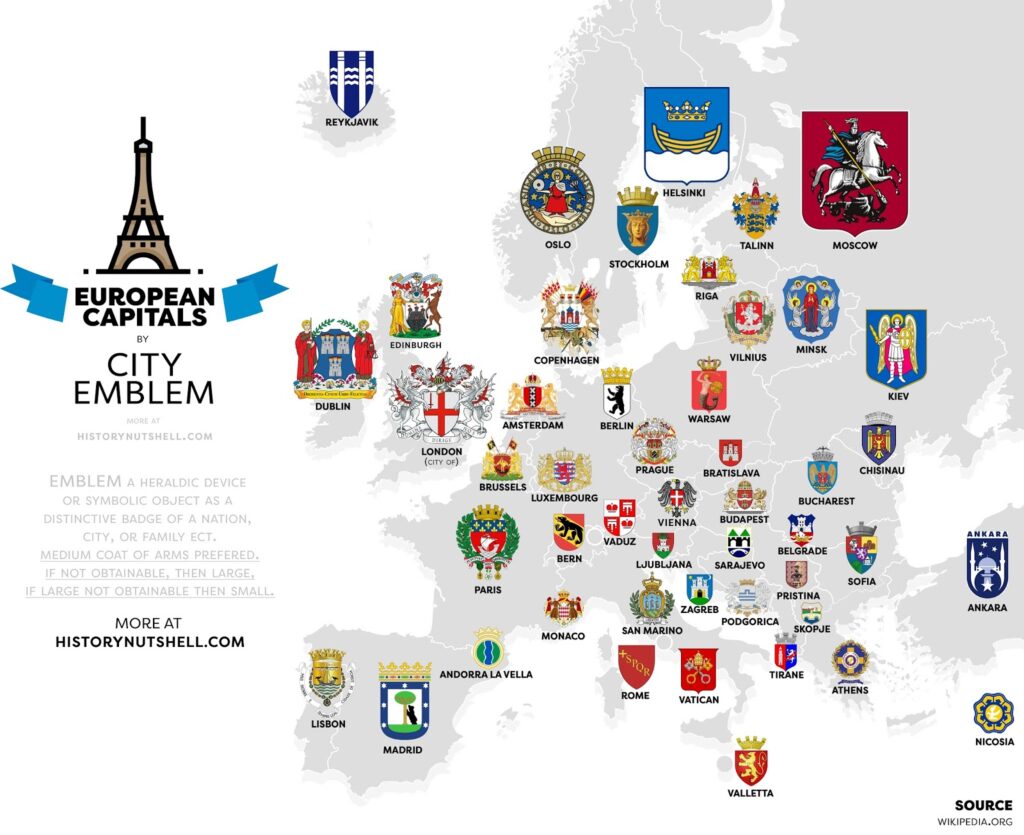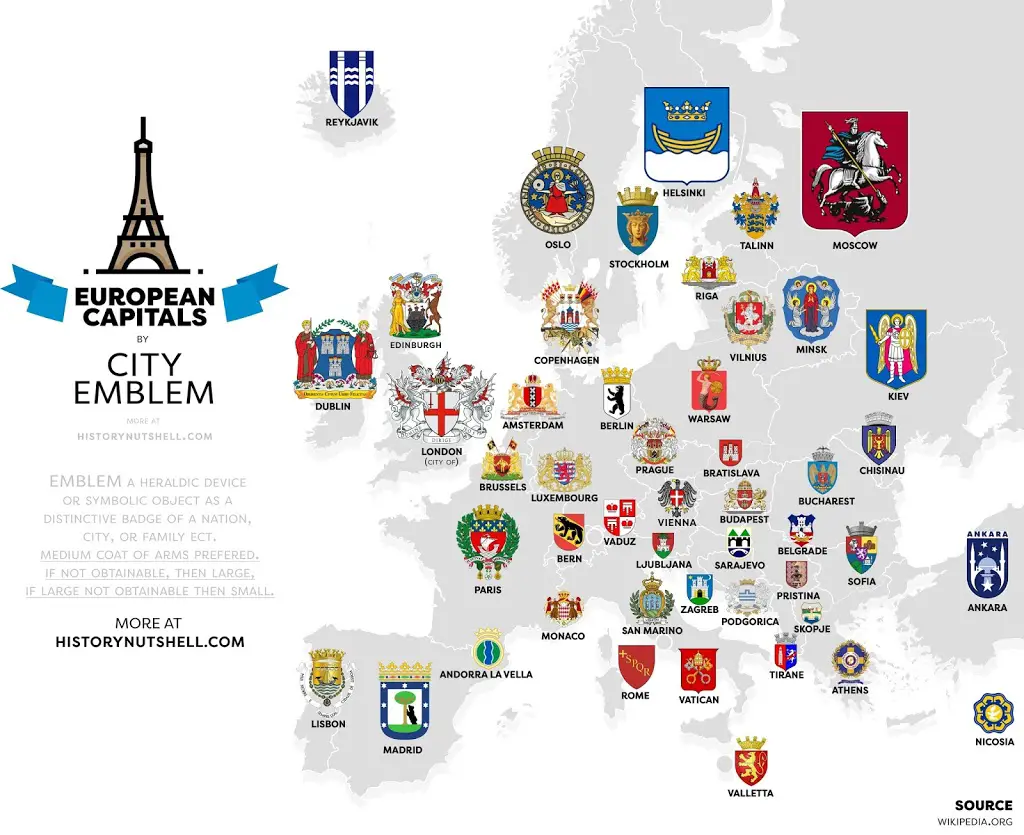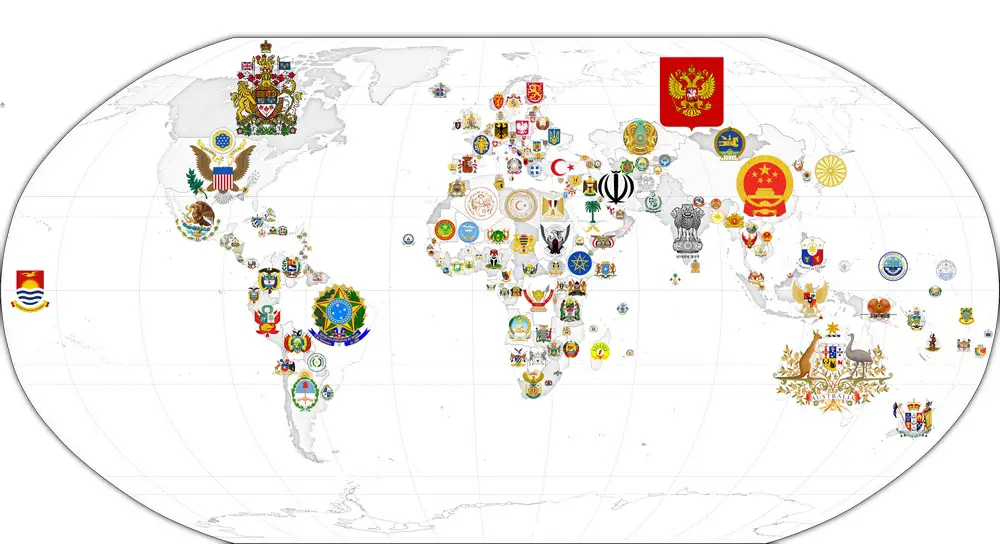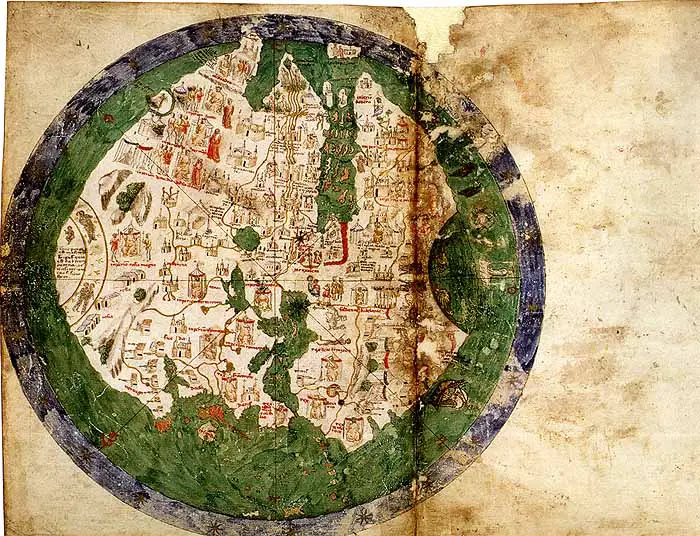European Capitals by City Emblem
I think that when visiting a particular city, you paid attention to its coat of arms, trying to understand what is depicted on it in order to understand the history and spirit of the city. The map of Europe below created by historynutshell.com, shows European Capitals by City Emblem.

You can spot the first traces of heraldry in surviving seals and objects from the 1100s and 1200s. Back then, simple bold designs on shields and banners made it easier to pick out who was who at tournaments and on the battlefield. Those clear, repeatable images didn’t stay with the knights – families, guilds and towns started to use the same approach and the marks gradually became municipal symbols.
City emblems also had very practical uses. Today you can still see them carved into old gates, pressed into charters and painted on civic buildings. In the Middle Ages those marks did more than decorate: they proved a document’s authenticity, identified council property, and recorded municipal rights. In other words, emblems were part of how towns ran themselves as well as a way to show who they were.
Because emblems had to be easy to copy and read at a distance, cities settled on a small set of clear images: animals like lions, bears and eagles; towers or castles; saintly figures and their attributes; crowns; and ships for river or port towns. Those choices usually point to something about the place — a coastal city might show a ship, a town with a famous fortress often uses a tower, and a civic patron can appear as a saint – rather than serving as random decoration.
You’ll see these practical choices across many capitals. Moscow’s mounted Saint George shows up in a variety of historical and modern forms and has long been part of the city’s imagery. Paris keeps a ship and the motto Fluctuat nec mergitur, a reminder of the Seine and the river trade that mattered to the city. Madrid’s bear and strawberry tree go back to medieval disputes over land and forest rights. Berlin’s bear appears on early seals and later settled into the city’s visual identity. The City of London’s red cross with an upright sword is recorded on medieval seals and remains its emblem today.








